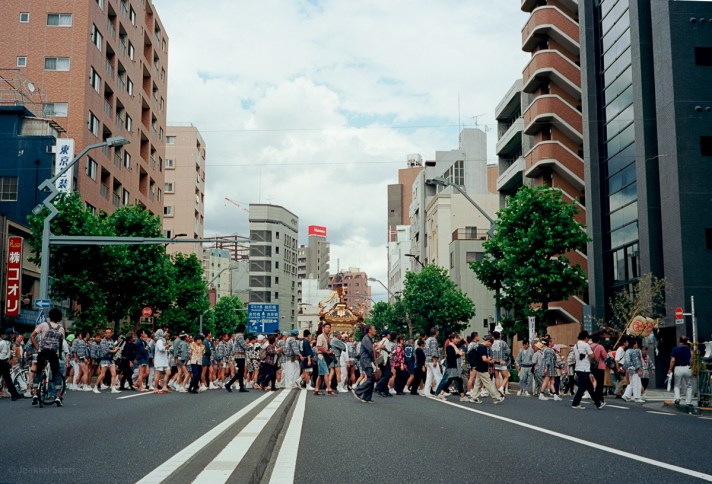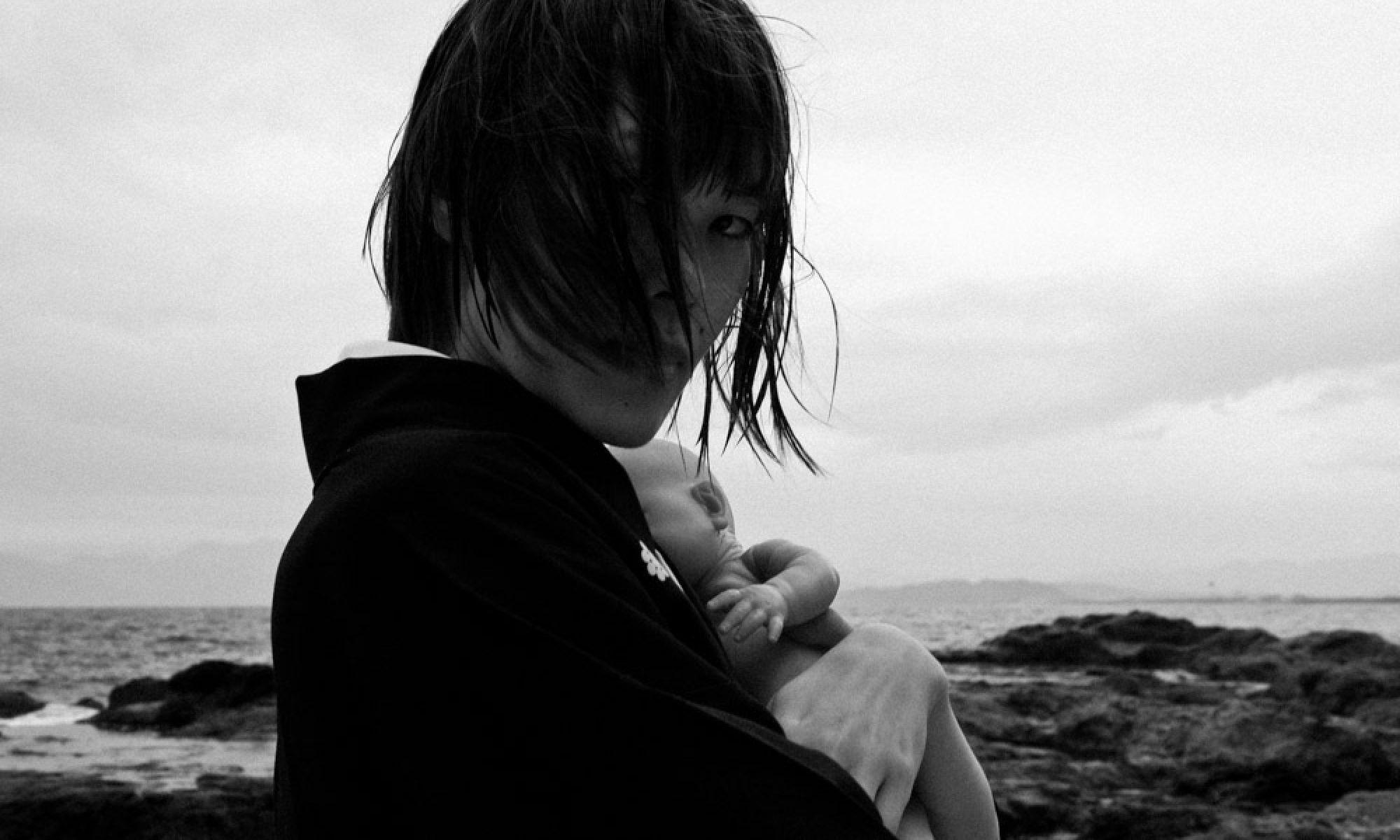Ektar 100 is a ultra-fine grain color negative film, which is designed for outdoor and studio shots. According to wikipedia it is rated as semi-professional film (although in the box it says Kodak Professional). The old Ektar was discontinued in 1994; Ektar 100 is relatively new film, based in new technology.
The results I get with Ektar 100 are amazing. There’s tons of dynamic range in the photos while the photos are rich in contrast. Colors are vivid and very natural. Even with my EOS 5D Mark II I find it difficult to achieve result that would be similarly natural or pleasing.
The film seems to respond especially well to the outdoor light and the results are immediately usable. There’s something a bit extra there what could be the magic of the film. I find that attractive and kind of “honest” to the scene I am shooting. I suppose it has something to do with white balance, digital cameras do auto white balance (if you set them to do it) while with film you kind of get what you see or whatever the film is balanced to. Ektar is really close to the dream I have always had about the perfect photo in means of the color and mood. It’s easy to fall in love with this film.
This is ISO 100 film so in rainy days it might be quite difficult to get the proper exposure unless you bring a tripod. Ektar 100 is also used for studio shooting and product shots and in Kodak’s site they actually recommend this film for those uses, likely because the photos with last some serious enlarging.
Indeed it seems that Ektar 100 shots can be enlarged very nicely, as long the scans are made properly and are a good quality. To get the scans correctly inverted requires a profile from your scanning software for this emulsion. Without the profile Ektar 100 can be tricky to scan. SilverFast Negafix plugin does feature it which is the reason why I decided to get Plustek scanner which is developed together with SilverFast (of course SilverFast comes included).
Shooting film in general is very different from shooting digital and getting to know different film stocks is necessary in order to know in advance what to get. Ektar 100 delivers for me and it is quickly becoming one of my main tools.





Could you explain how you spot metered the scene to get the proper exposure that contains both shadows and highlight details?
Also some information on the total dynamic range would have been helpful.
Glen, Thank you very much for commenting on my blog post. I appreciate it.
Regarding exposing Ektar 100, as for all negative films, it’s important to realise that latitude isn’t equal for both directions (shadows and highlights). Generally you get more latitude towards highlights. Shooting high contrast scene I tend to try to ensure that I get detail in the shadows, thus get spot meter reading from darker areas. Films can handle over exposure as much as five stops. Ektar 100 seems to be especially good in this.
Here is some information about Ektar 100.
http://www.kodak.com/global/en/professional/products/films/ektar/qAndA.jhtml?pq-path=13319/1230/13328/13344
“EKTAR 100 Film offers the same fine grain as EKTAR 25 Film, but with 2 additional stops of speed, and significantly more exposure latitude (-1 to +2).”
I am yet to get blown highlights with mine, and I would approximate that the latitude is greater than that.